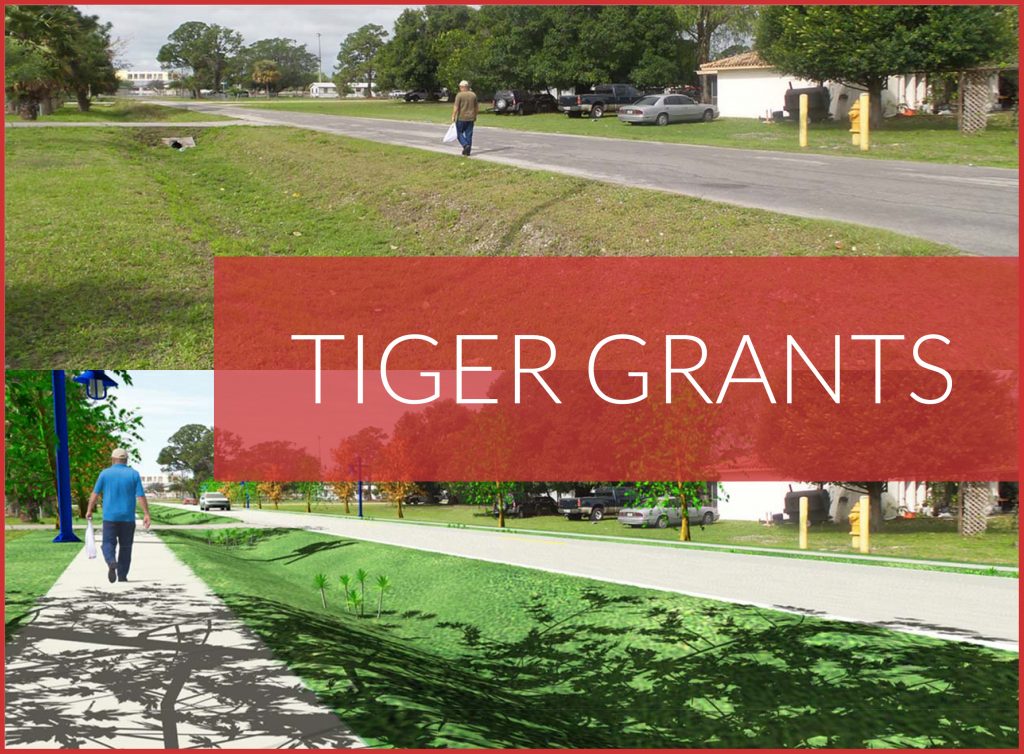Trump administration has effectively halted the pipeline of new transit projects
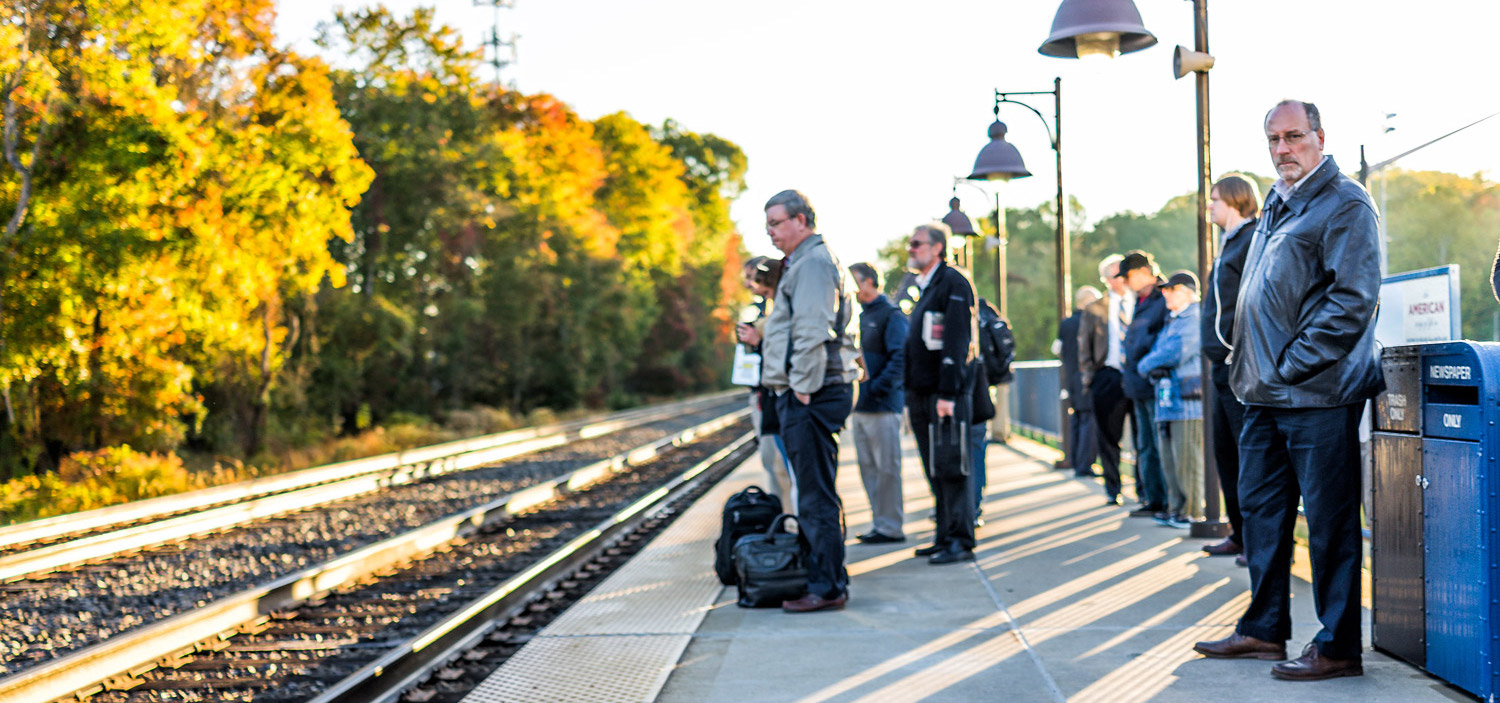
Last March, Congress provided the Federal Transit Administration (FTA) with about $1.4 billion to help build and expand transit systems across the country. 142 days later and counting, FTA has obligated almost none of these funds to new transit projects. Our resource—Stuck in the Station—will continue tracking exactly how long FTA has been declining to do their job, how much money has been committed, and which communities are paying a hefty price in avoidable delays.



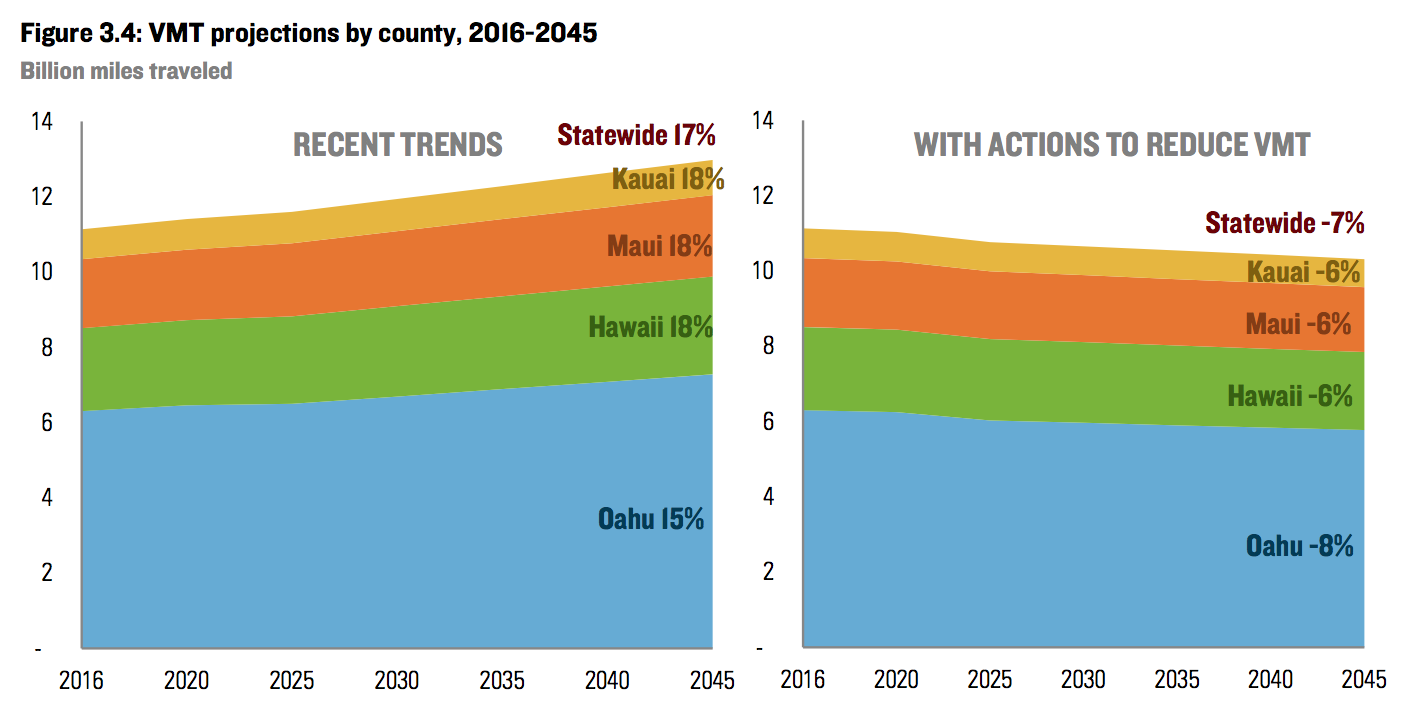 Ten years ago, Hawaii set ambitious goals to reduce their dependence on imported oil and create a clean energy future by 2045. To meet those goals, Hawaii must pair electrifying their vehicle fleet and increased renewable energy with smarter land use.
Ten years ago, Hawaii set ambitious goals to reduce their dependence on imported oil and create a clean energy future by 2045. To meet those goals, Hawaii must pair electrifying their vehicle fleet and increased renewable energy with smarter land use.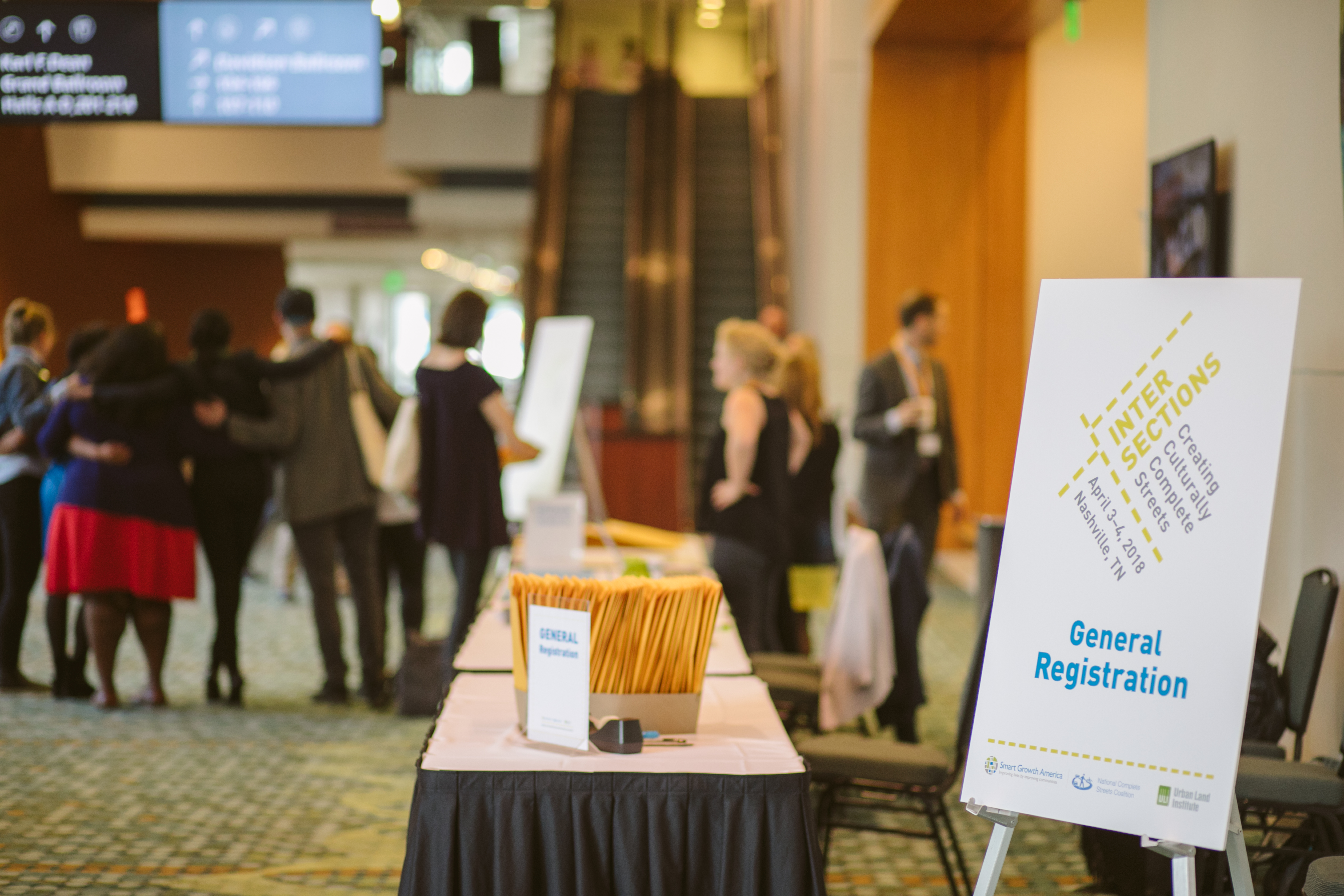
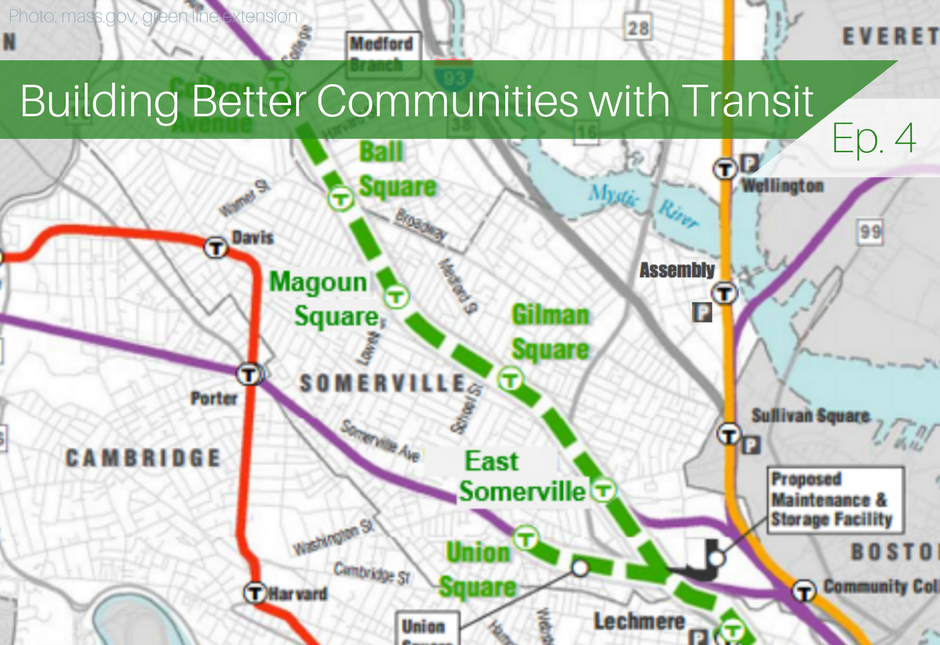
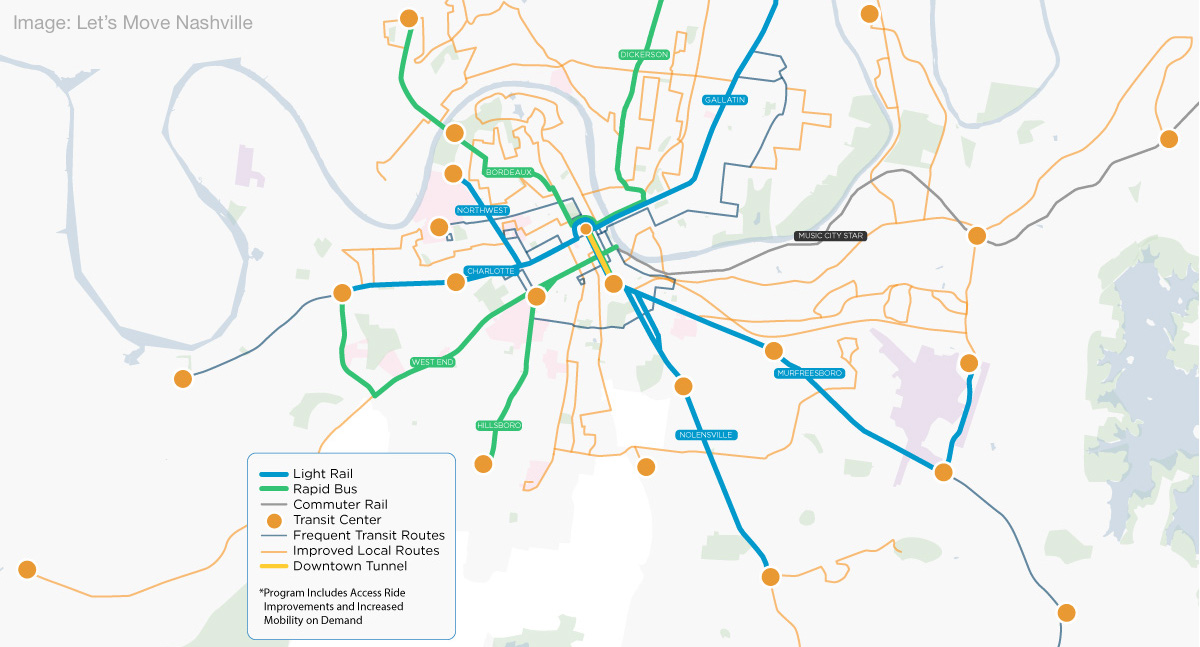 On May 1, residents in Nashville will be voting on a $5.2 billion proposal to dramatically improve and expand the city’s transit system with improved frequency on existing lines, new BRT routes, and a new light rail system. Our upcoming conference, Intersections: Creating Culturally Complete Streets, is happening right in the midst of this once-in-a-generation conversation.
On May 1, residents in Nashville will be voting on a $5.2 billion proposal to dramatically improve and expand the city’s transit system with improved frequency on existing lines, new BRT routes, and a new light rail system. Our upcoming conference, Intersections: Creating Culturally Complete Streets, is happening right in the midst of this once-in-a-generation conversation.